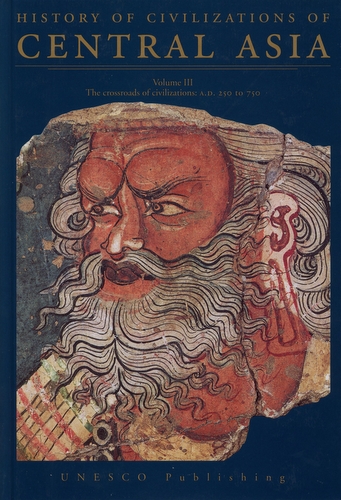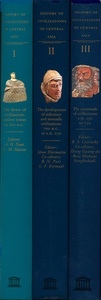History of Civilizations of Central Asia
Volume III - The crossroads of civilizations: A. D. 250 to 750
In this third volume covering the flourishing period from the third to the eighth century A.D., scholars describe the powerful role played by the Sasanian state in Iran, the Gupta empire in India and the T'ang dynasty in China. Waves of nomadic migrations and the formation of steppe empires left their mark on political and social life. This multi-ethnic society had its roots in the great religious traditions of Buddhism, Zoroastrianism, Manichaeism, Christianity and Shamanism. The islamization of a great part of the region brought fundamental changes to all aspects of life. Intensive trade along the Silk Route encouraged cultural and scientific exchanges, making this period one of impressive artistic and intellectual creativity.
Editor
Co-editors
Zhang Guang-da, Department of History, Beijing University, Beijing, People's Republik of China
R. Shabani Samghabadi, National University of Iran, Teheran, Islamic Republic of Iran



